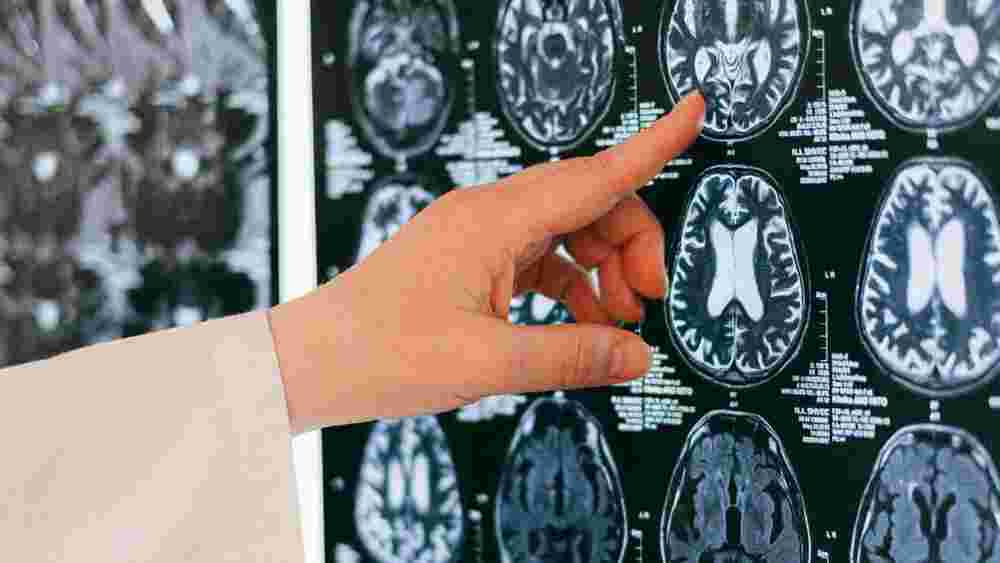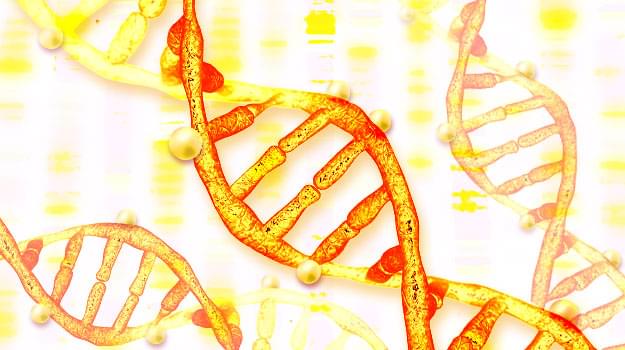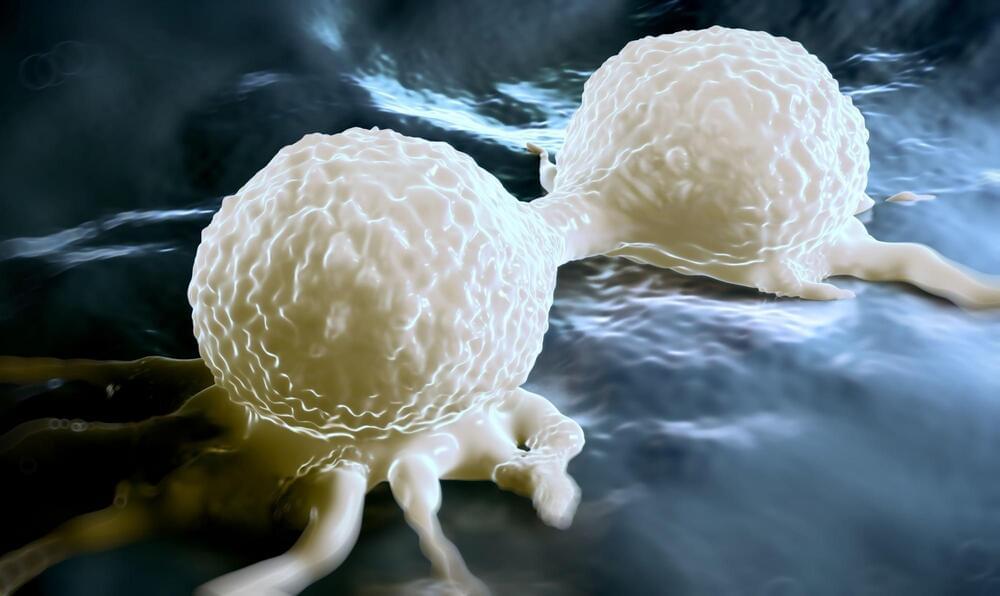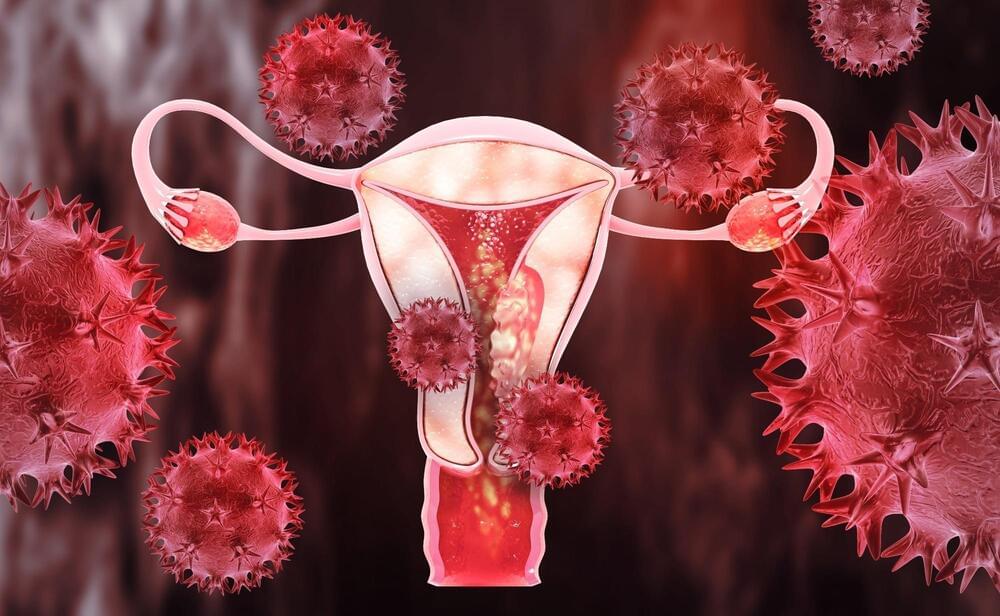A brain tumor is the growth of abnormal cells in the brain or the area near it including nerves, pituitary gland, pineal gland, and membranes that cover the surface of the brain. Sometimes it can happen in the brain tissue as well. Brain tumours can be cancerous (malignant) or it can be non-cancerous (benign). However, both of them can be potentially life-threatening.
On the other hand, movement disorders refer to a cluster of neurological conditions that can either cause increased movements or decreased movements. For the unversed, brain tumours that are specifically affecting the brainstem, can sometimes cause various movement disorders.









